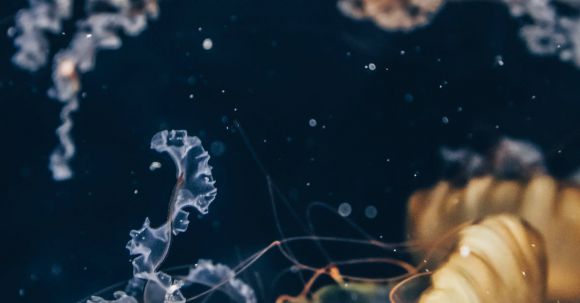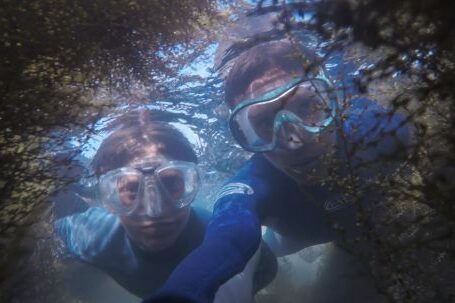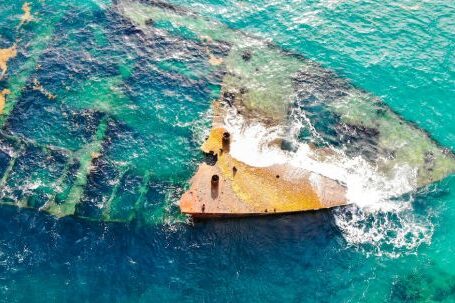Underwater photography is a captivating art form that allows us to explore the hidden wonders of the ocean. However, capturing the true beauty and colors of the underwater world can be challenging due to the loss of certain light wavelengths as we descend deeper. Luckily, colored filters can be used to enhance underwater images and bring out the vibrant hues that are often lost. In this article, we will explore the art of using colored filters in underwater photography and how they can elevate your images to new depths.
Understanding Light and Color
Before delving into the world of colored filters, it is important to have a basic understanding of light and color. Light travels in waves, and different colors of light have different wavelengths. As we descend underwater, certain wavelengths of light are absorbed more quickly than others, resulting in a loss of color and contrast in our photos. This is where colored filters come into play.
The Magic of Colored Filters
Colored filters are designed to selectively filter out certain wavelengths of light, allowing specific colors to stand out more prominently in your images. By using a colored filter, you can compensate for the loss of certain colors underwater and restore the natural vibrancy and contrast to your photos.
Choosing the Right Filter
There are a variety of colored filters available for underwater photography, each designed to enhance specific colors. The most commonly used filters include red, orange, and magenta. Red filters are ideal for capturing warm tones and bringing out the vibrant hues of coral reefs. Orange filters are great for enhancing the colors of tropical fish and creating a warm, inviting atmosphere in your images. Magenta filters, on the other hand, are perfect for correcting the greenish tint that often occurs in deeper waters.
Experimenting with Filters
Once you have chosen the right filter for your desired effect, it’s time to hit the water and start experimenting. Every underwater environment is unique, so it’s essential to test different filters and settings to achieve the best results. Play around with different depths, angles, and lighting conditions to see how the filter affects your images. Don’t be afraid to get creative and push the boundaries of your photography.
Mastering the Art
Mastering the art of using colored filters in underwater photography takes time and practice. It’s important to remember that filters are just tools and should be used to enhance your creativity, not replace it. Take the time to observe the underwater world, study the lighting conditions, and experiment with different filters until you find your own style and vision.
Taking Care of Your Gear
Lastly, it’s crucial to take proper care of your filters and camera equipment to ensure optimal performance. Rinse your filters with fresh water after each dive to remove any salt or debris. Store them in a safe place to avoid scratches or damage. Regularly clean your camera lenses and housings to maintain their clarity and functionality.
In conclusion, colored filters are a valuable tool in the world of underwater photography. They allow us to enhance the colors that are often lost in the depths of the ocean and bring out the true beauty of the underwater world. By understanding the principles of light and color, choosing the right filter, and experimenting with different techniques, you can elevate your underwater images to new depths and create stunning works of art. So, dive in, explore, and let the magic of colored filters transform your underwater photography.





